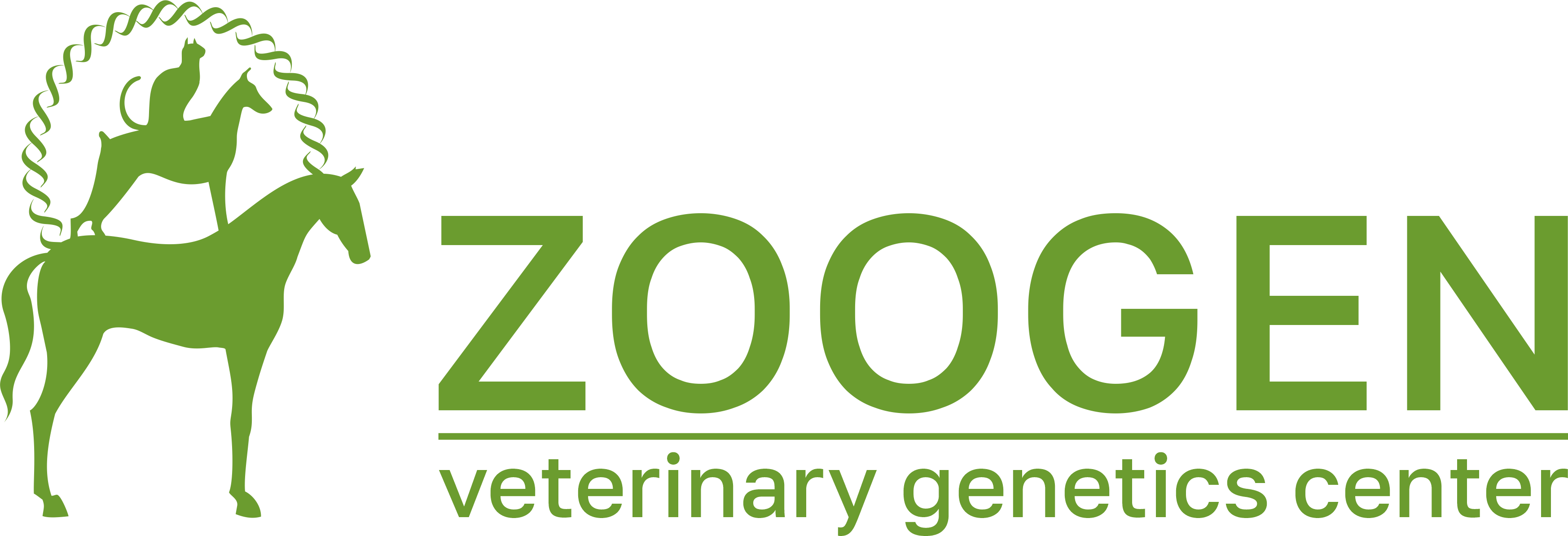The study proposes an analysis of two mutations associated with the disease. Please read the Interpretation of Results and Molecular Genetics sections of this article before ordering a test for two mutations.
Hypertrophic cardiomyopathy (HCM) is a heart disease characterized by thickening (hypertrophy) of the papillary muscles and the walls of the predominantly left ventricle. The consequence of wall hypertrophy is a decrease in the diastolic volume of the ventricle, which leads to a violation of the contractility of the heart. HCM is one of the most common cardiac causes of sudden death in young cats and is in most cases hereditary.
HCM is a breed specific disease common in breeds such as Maine Coon, Ragdoll, Scottish Fold, Ocicat, British, American Shorthair, Bengal. A DNA test is currently available for Maine Coons and Ragdolls. It is important to note that HCM mutations for these breeds have an independent origin, although in both cases a violation of the same gene, MYBPC3 (myosin binding proteinC), was revealed. The product of the MYBPC3 gene is a myosin-binding protein, the malfunction of which, due to mutations, leads to disorganization of sarcomeres, and is strongly associated with the development of HCM.
For HCM, an autosomal dominant inheritance pattern has been described, which means that the presence of even one mutant allele may be sufficient for the development of the disease.
A cat with HCM can lead an active lifestyle up to irreversible changes in the heart muscle. Therefore, HCM is associated with a high risk of sudden death and diseases such as heart failure and arterial thromboembolism. The main signs of HCM are shortness of breath, fainting, apathy and lethargy of the animal, palpitations, in the later stages of the disease - accumulation of fluid in the chest and abdominal cavities, pulmonary edema. There may also be hind limb paralysis due to clogged arteries with a thrombus.
Hypertrophy of the heart walls can be caused by the presence of another disease - arterial hypertension (high blood pressure). In this case, one speaks of non-hereditary secondary HCM.
With the help of echocardiography (ECHO CG), hypertrophy of the ventricular walls can be diagnosed from the first year of life, while signs of the disease in Maine Coons can appear at the age of 4 to 9 years (on average, 4-6 years). For ragdolls, an earlier development of HCM is shown, on average, already from fifteen months. HCM can also be detected by auscultation, chest x-ray, ECG, blood pressure monitoring, and Doppler imaging.
A DNA test can detect the disease immediately after birth.
Treatment of HCM in cats is drug-based and directly depends on the timely diagnosis. Mainly used are ACE blockers and selective beta 1-blockers. With the development of thromboembolism, antiplatelet agents are additionally included; in the later stages of the disease, diuretics are prescribed to relieve edema.


